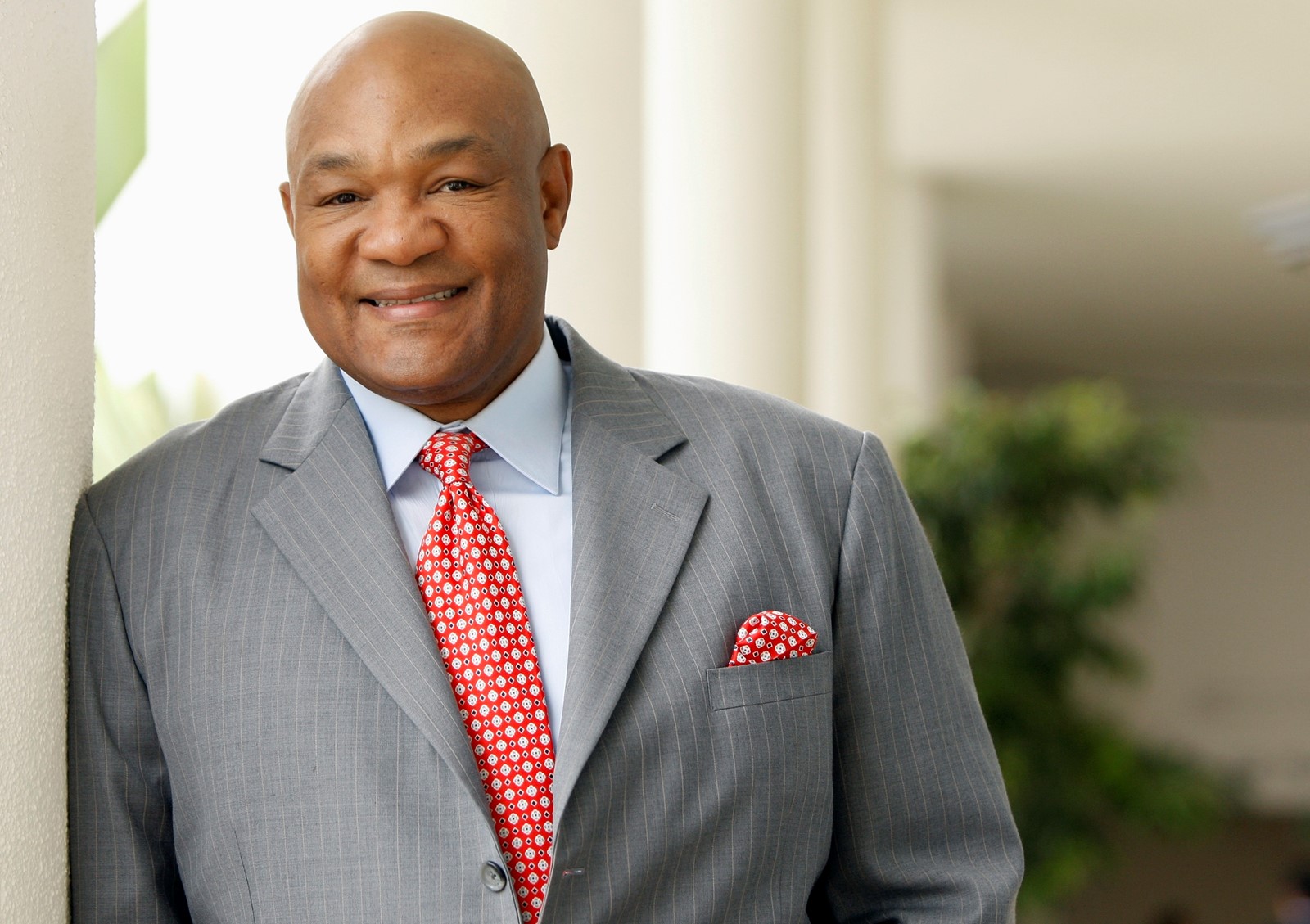
The George Foreman Lean Mean Fat Reducing Grilling Machine was the kitchen appliance America didn’t know it needed.
When it arrived in the mid-1990s, Food Network and food blogging had just been born. Martha Stewart was redefining home entertaining, and Richard Simmons had made low-fat fun. Salsa was outselling ketchup for the first time, a reflection of the country’s changing demographics and its surging interest in food and cooking.
George Foreman, who had left boxing and became an evangelical preacher, was making money as a pitchman for Doritos and mufflers. He wasn’t an instant convert to the grill. An early model that the Salton company shipped him, as it searched for a spokesperson, sat unused until his wife, Mary, pulled it out and made a couple of hamburgers.
He agreed to let Salton, a manufacturer of juice extractors and pasta makers, slap his name on the grill, and by 1996 it had sold $5 million worth. The company would go on to sell more than 100 million of the appliances.
The George Foreman Grill infused itself into all layers of society. It became a dorm-room staple and a star on late-night TV.
Foreman, who died Friday at age 76, provided the magic that Salton needed to sell its recent acquisition, a countertop appliance with two nonstick metal grill plates held together with a floating hinge that could close over a beef patty and cook it in about two minutes.
And here was the real innovation: The grooved grilling surface was pitched 20 degrees so the fat would drain from the meat into a little plastic tray.
Low-fat food was wildly popular then, along with a newfound appreciation for cooking, especially for a generation that began toting the little grills to dorm rooms and first apartments.
The grill had a macho appeal too. It played into the man-at-the-grill cliche, but was also a gateway appliance for young men looking to join a food revolution.
The grill was also practical for vegetarians, who discovered that it kept 1990s-era vegetarian burgers from falling apart.
But its runaway success owed as much to its pitchman: a grinning former heavyweight champion of the world, dressed in an apron and a necktie. The infomercial was the perfect vehicle for Foreman, who mixed a preacher’s charisma and unabashed need to earn money with international fame to create a hit.
“You get all the flavor and you knock out the fat,” he’d say. “Tell them the king of the grill sent you.”
Line extensions followed, including a cookbook, a version just for quesadillas and a grill with a colorful plastic dome that served as a bun warmer.
Foreman earned a hefty cut of the royalties from grill sales. “There were months I was being paid $8 million per month,” he told the AARP magazine in 2014. He and his partners sold their slice of the business in 1999 for an estimated $137.5 million.
Fancier appliance makers now sell versions that can cost nearly $200. And the George Foreman Grill company produces models that are smokeless, submersible or designed to grill 15 burgers outdoors.
But the 1995 model remains the classic. You can see one at the Smithsonian National Museum of American History, near the first microwave, the Rival Crock-Pot and Julia Child’s complete kitchen.


 PREVIOUS ARTICLE
PREVIOUS ARTICLE
